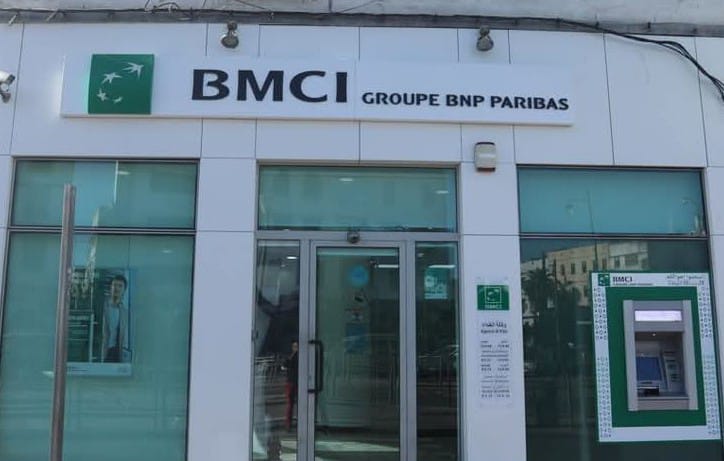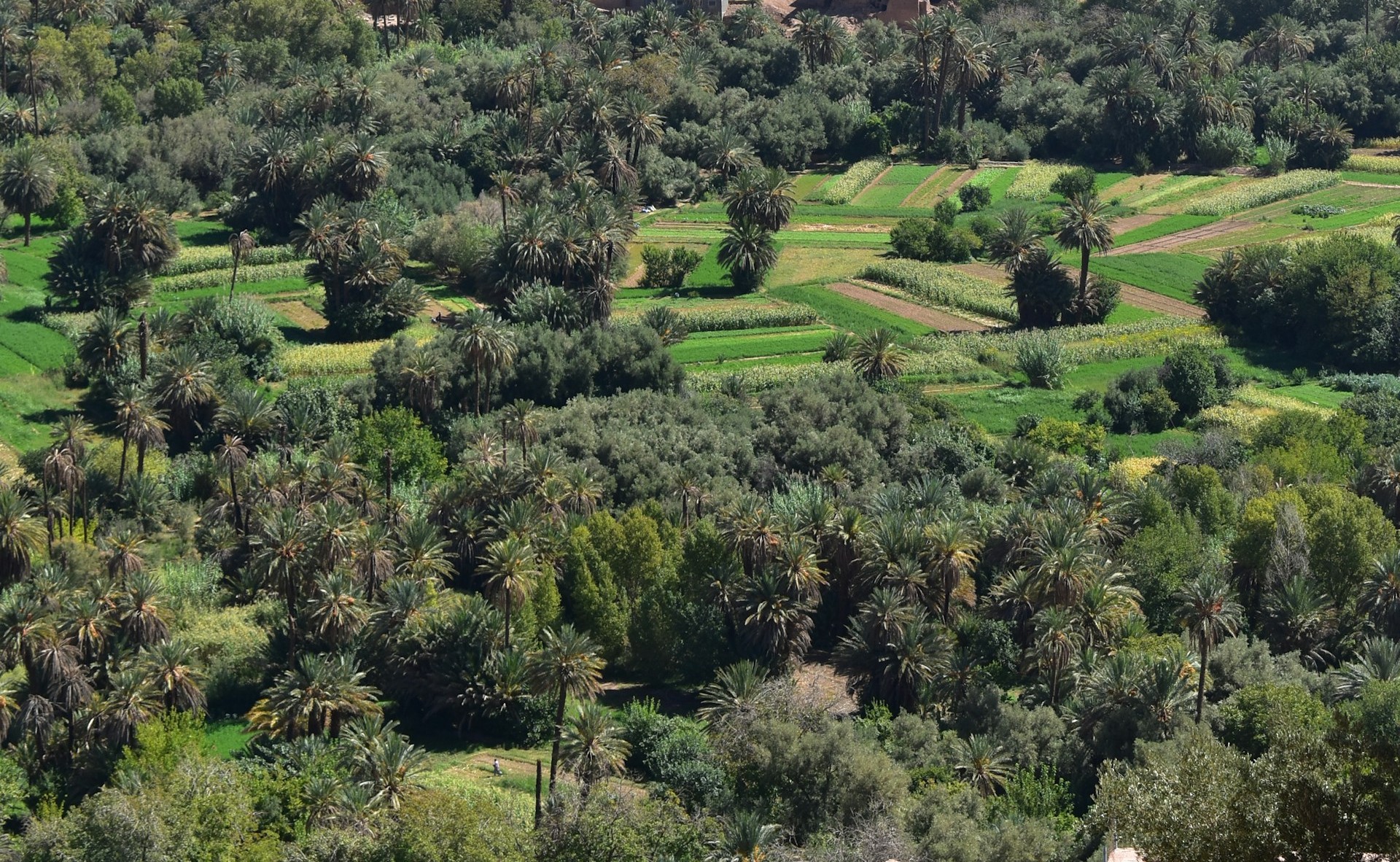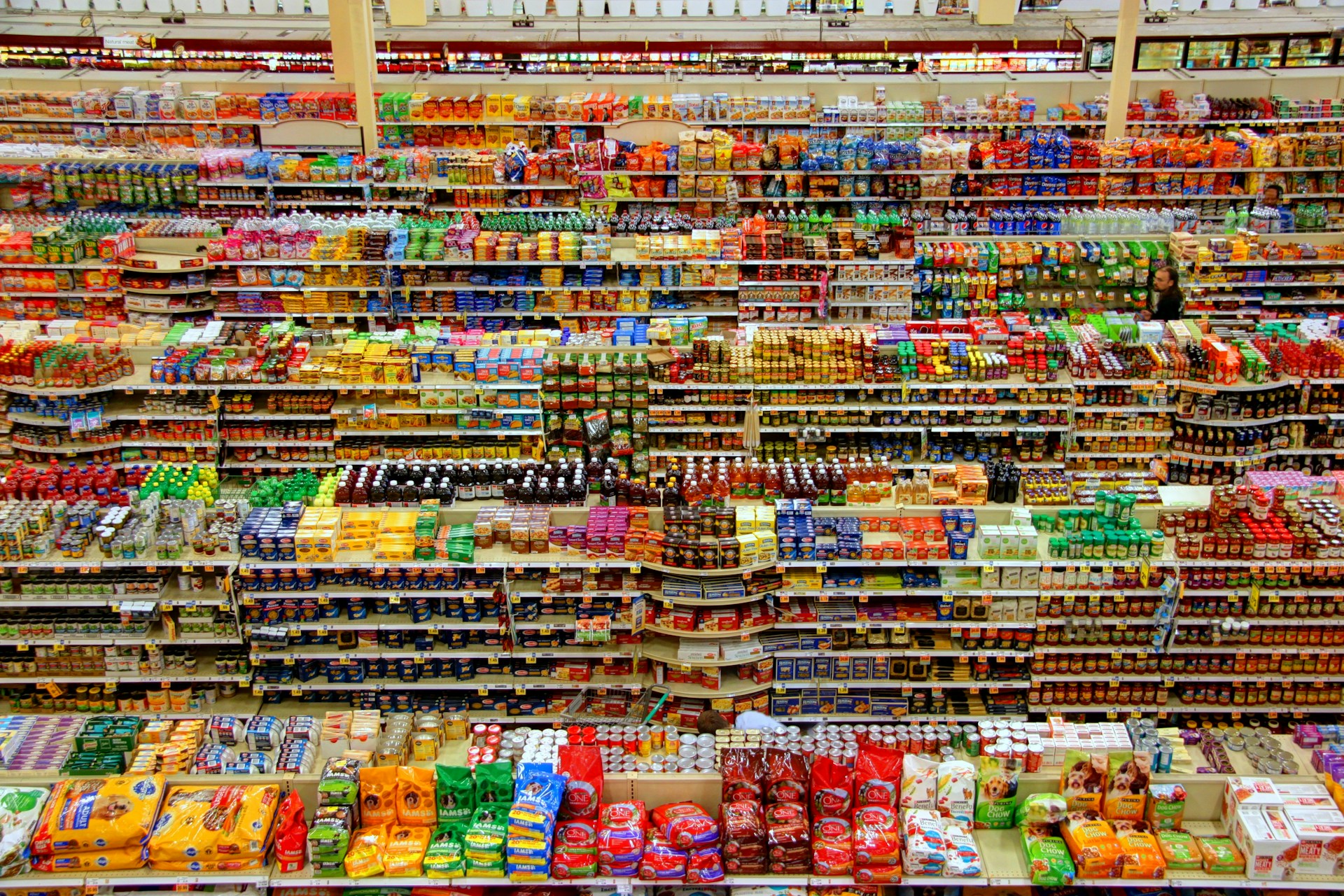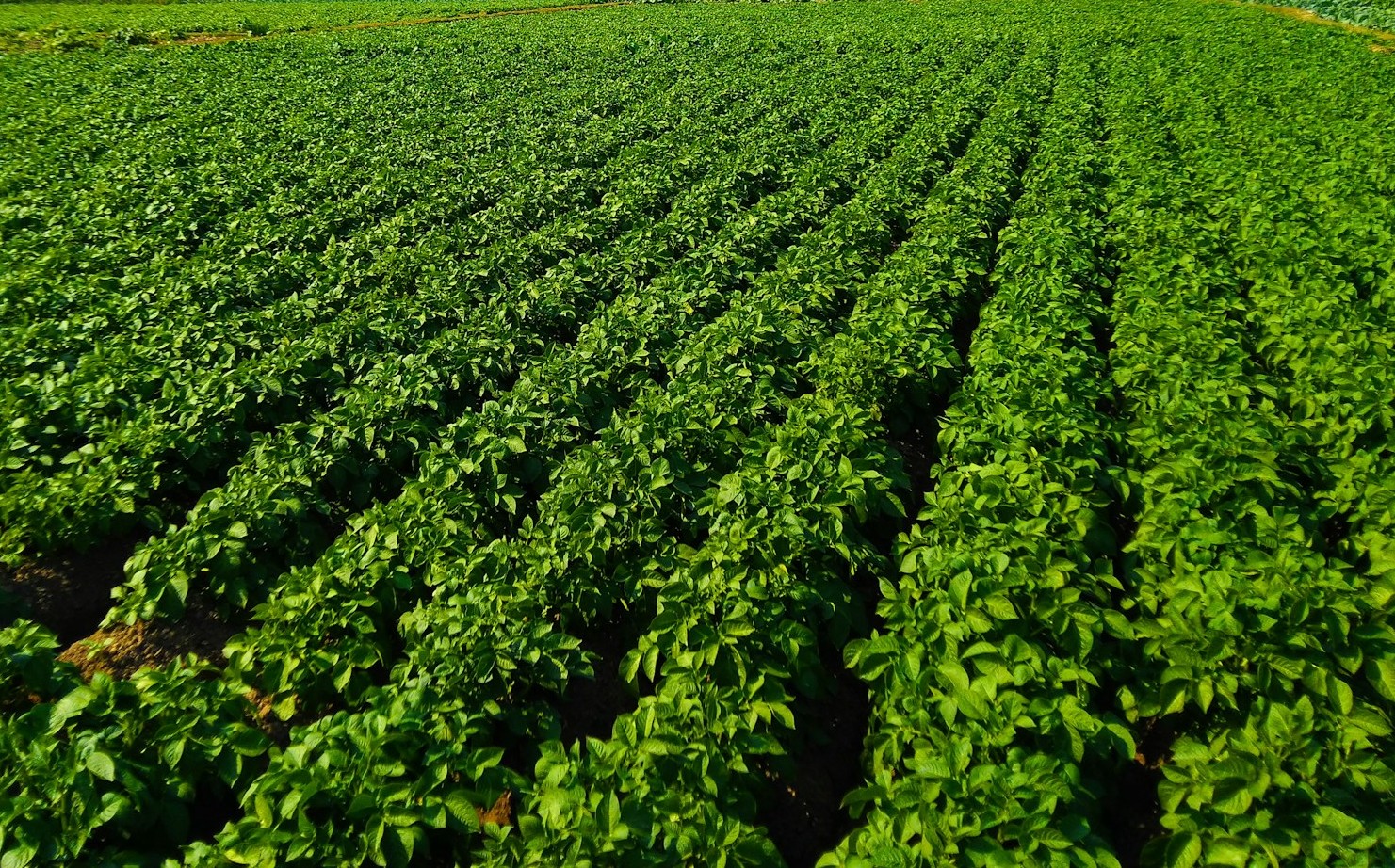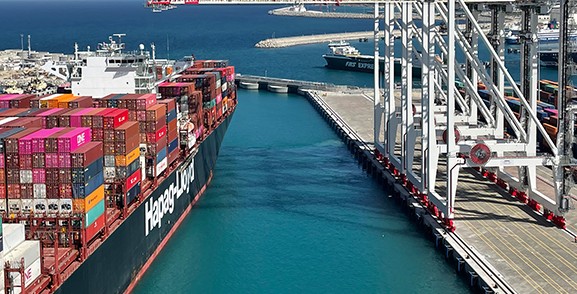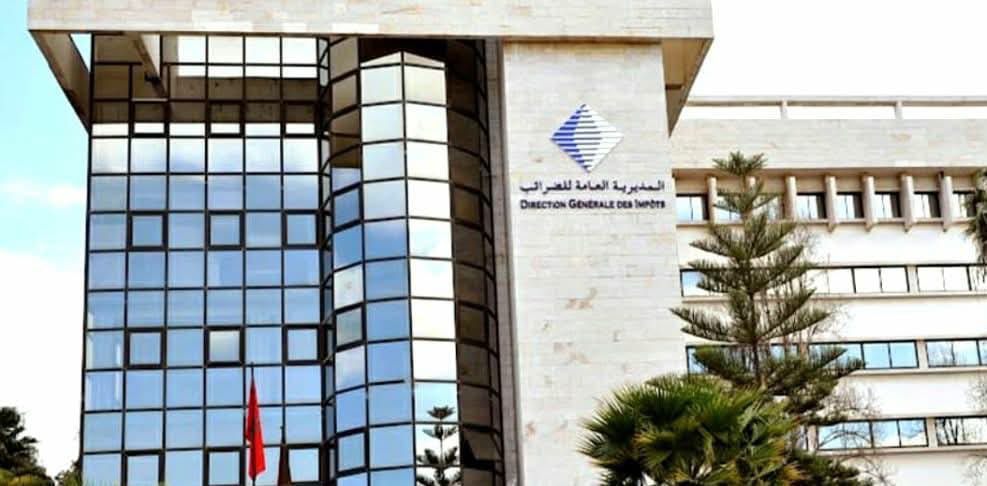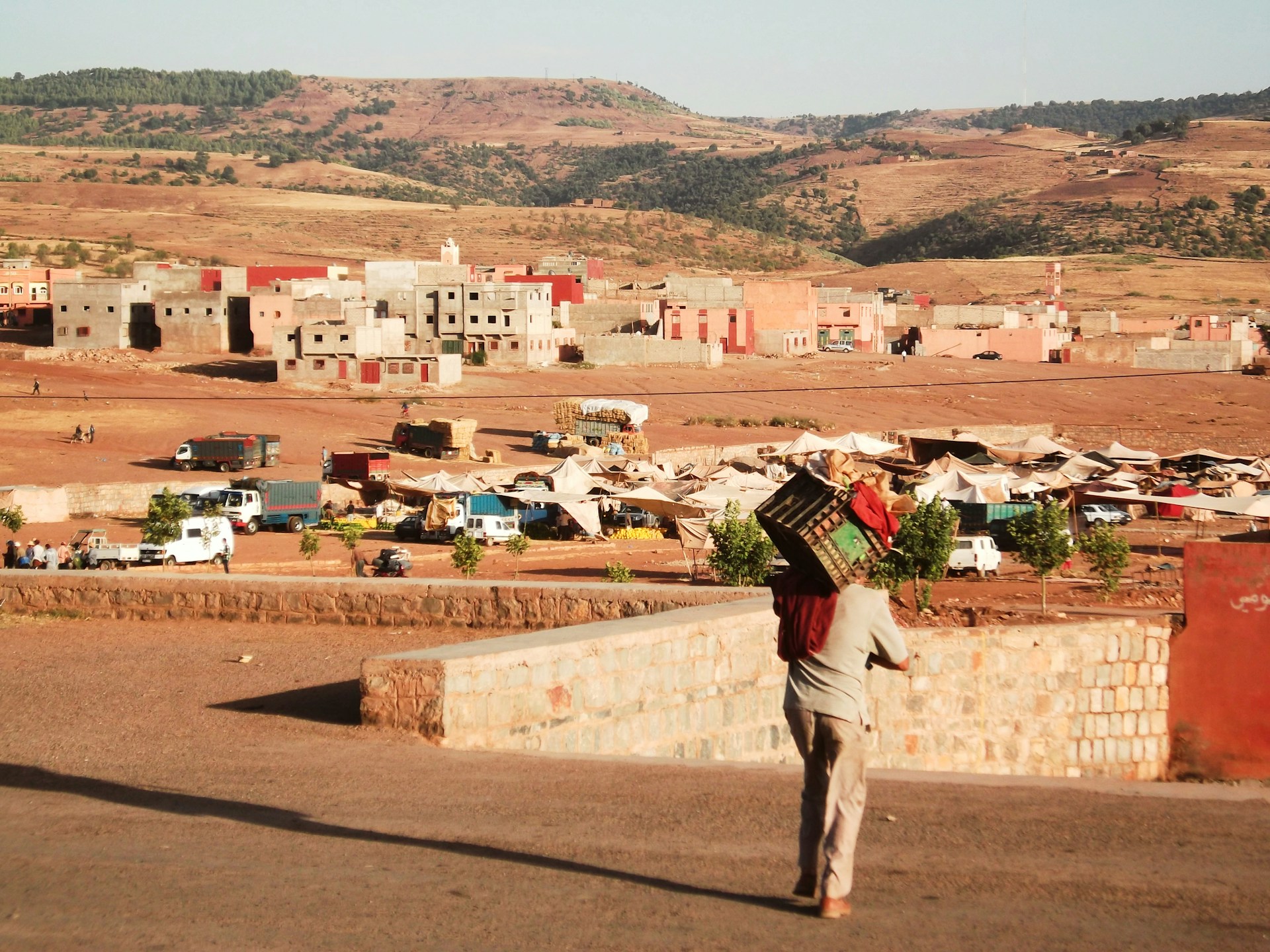Casablanca – In April, the Global Food Price Index rose for the second consecutive month, according to the latest data from the Food and Agriculture Organization of the United Nations (FAO), published at the beginning of May. Despite this increase, the index remains low by 9.6 points (7.4 percent) compared to the same period last year, marking a marginal recovery after seven months of decline.
The index averaged 119.1 points in April, up 0.3 percent from the previous month’s level of 118.8 points. However, it decreased by 9.6 percent from its level a year earlier.
The FAO’s international price index, which measures monthly changes in the prices of a basket of primary and staple food commodities most traded globally, consists of averages of price indices for five groups of basic food commodities weighted by the average export shares of each group during the 2014-2016 period.
The increase in global food prices was driven by pressures from meats, vegetable oils, and grains, which compensated for decreases in sugar and dairy products. This was explained by the FAO in a commentary accompanying the data, stating that the rise in meat prices and slight increases in vegetable oil and grain indices offset declines in sugar and dairy product indices.
A closer look at the data reveals that the increase affected grains, oils, and meats, which are essential food products that Morocco still imports, especially given expectations of a below-average agricultural crop. Morocco’s average grain price index in April was 111.2 points, up 0.3 points (0.26 percent) from March but still 25 points (18.3 percent) lower than in April 2023. Meanwhile, the average price of vegetable oils rose to 130.9 points, marking its highest level in 13 months.
The impact of the price increase on Morocco’s economy is expected to be significant, particularly on the country’s trade balance with the world. The import bill is likely to rise, especially for grains and vegetable oils.
The increase in food prices may also deepen the trade balance deficit in the long term. However, in the short term, strengthening exports may help mitigate these effects.
Overall, the increase in food prices poses interconnected challenges for the Moroccan economy, including potential impacts on hard currency reserves, exacerbation of the budget deficit, and increased import dependence for staple food items. These challenges underscore the need for comprehensive strategies to address the country’s agricultural and economic vulnerabilities.
